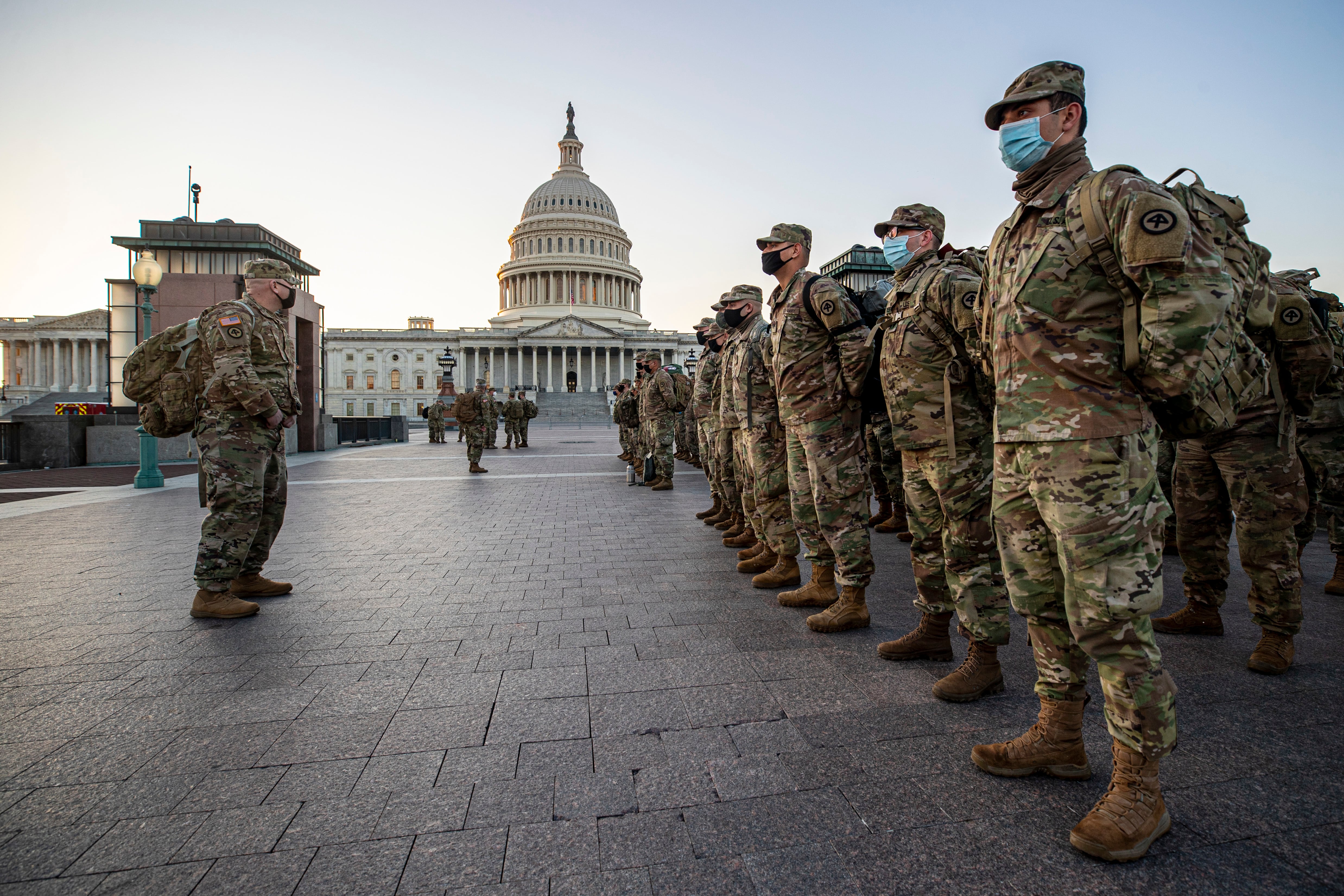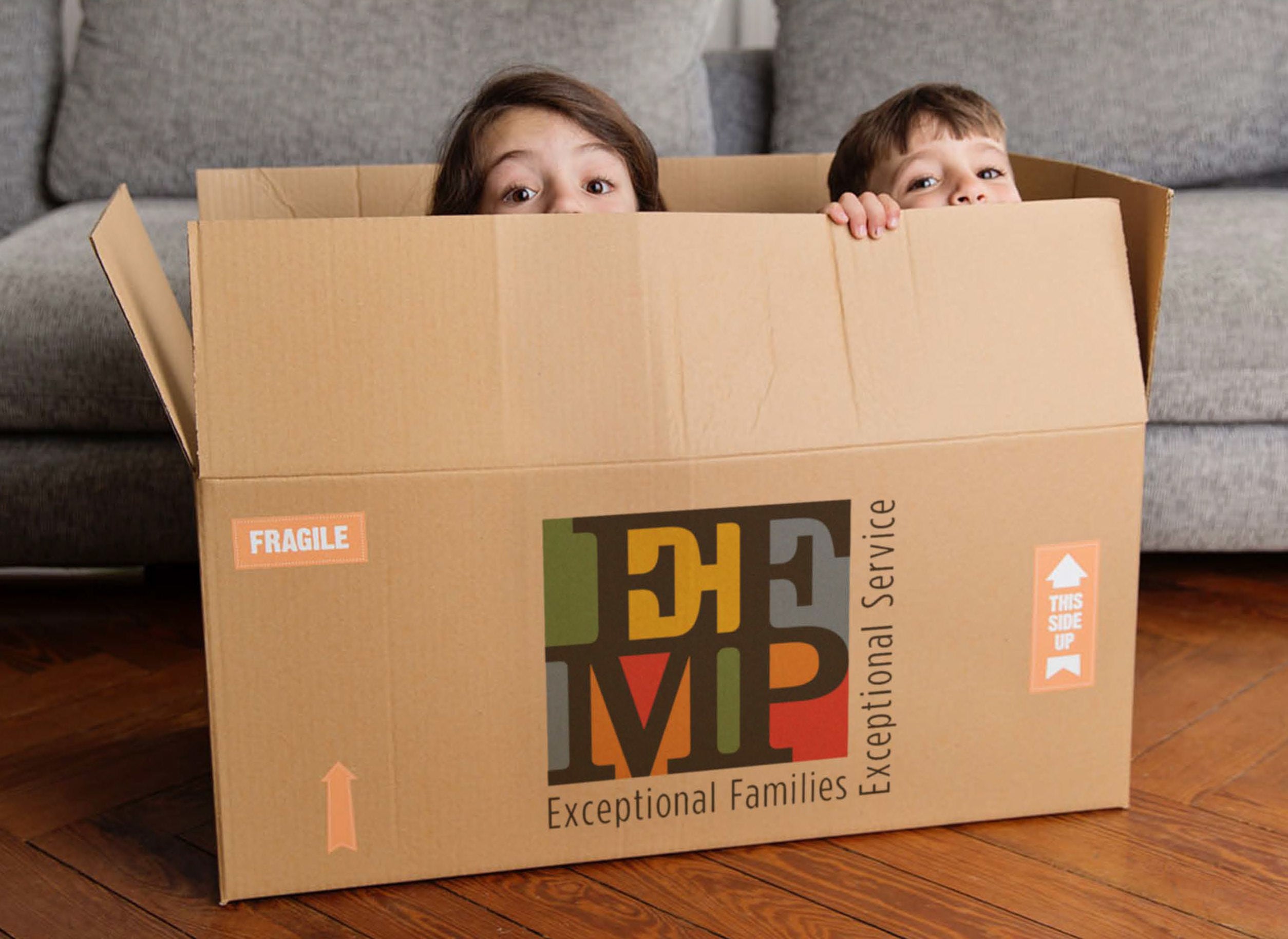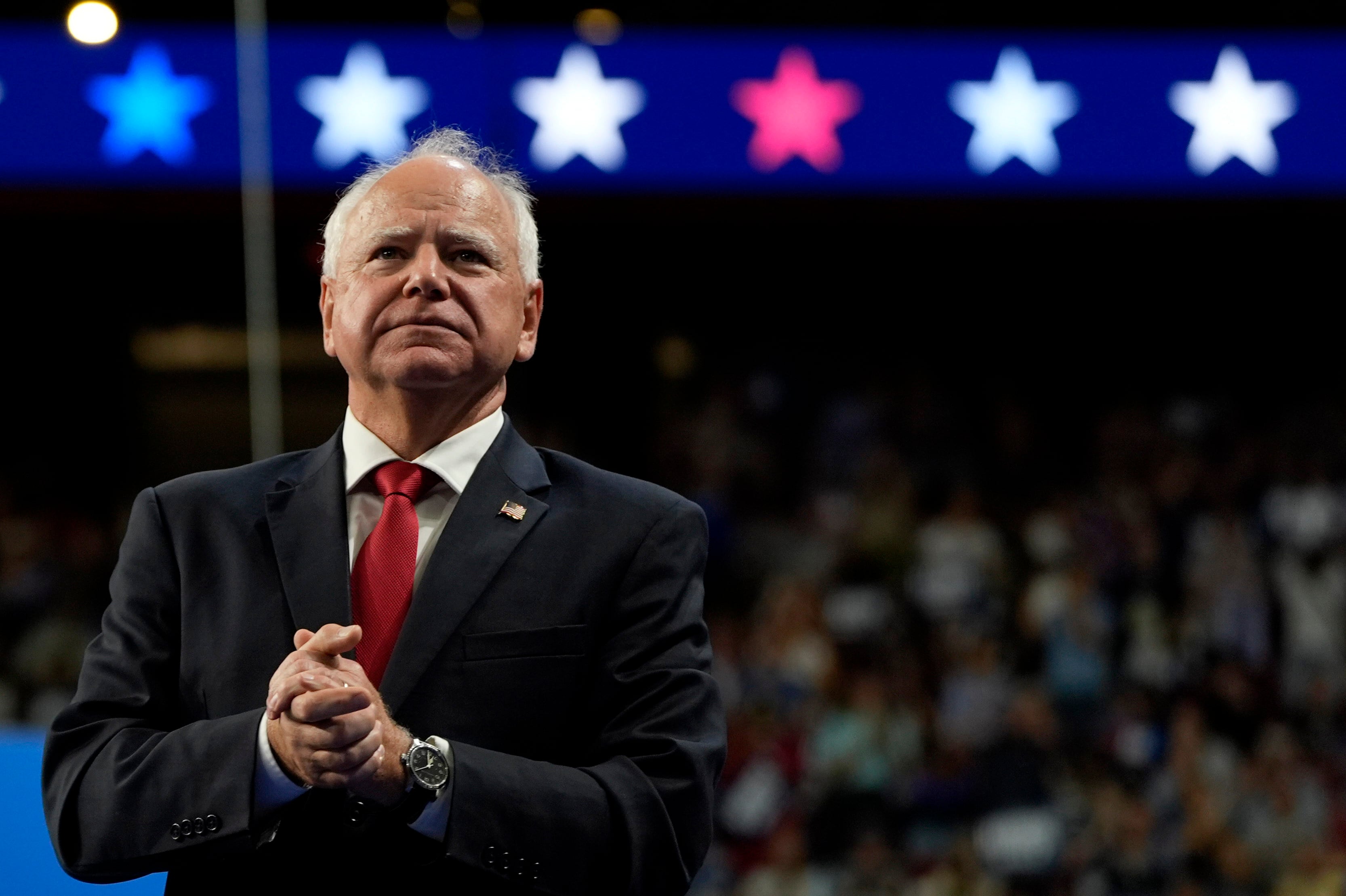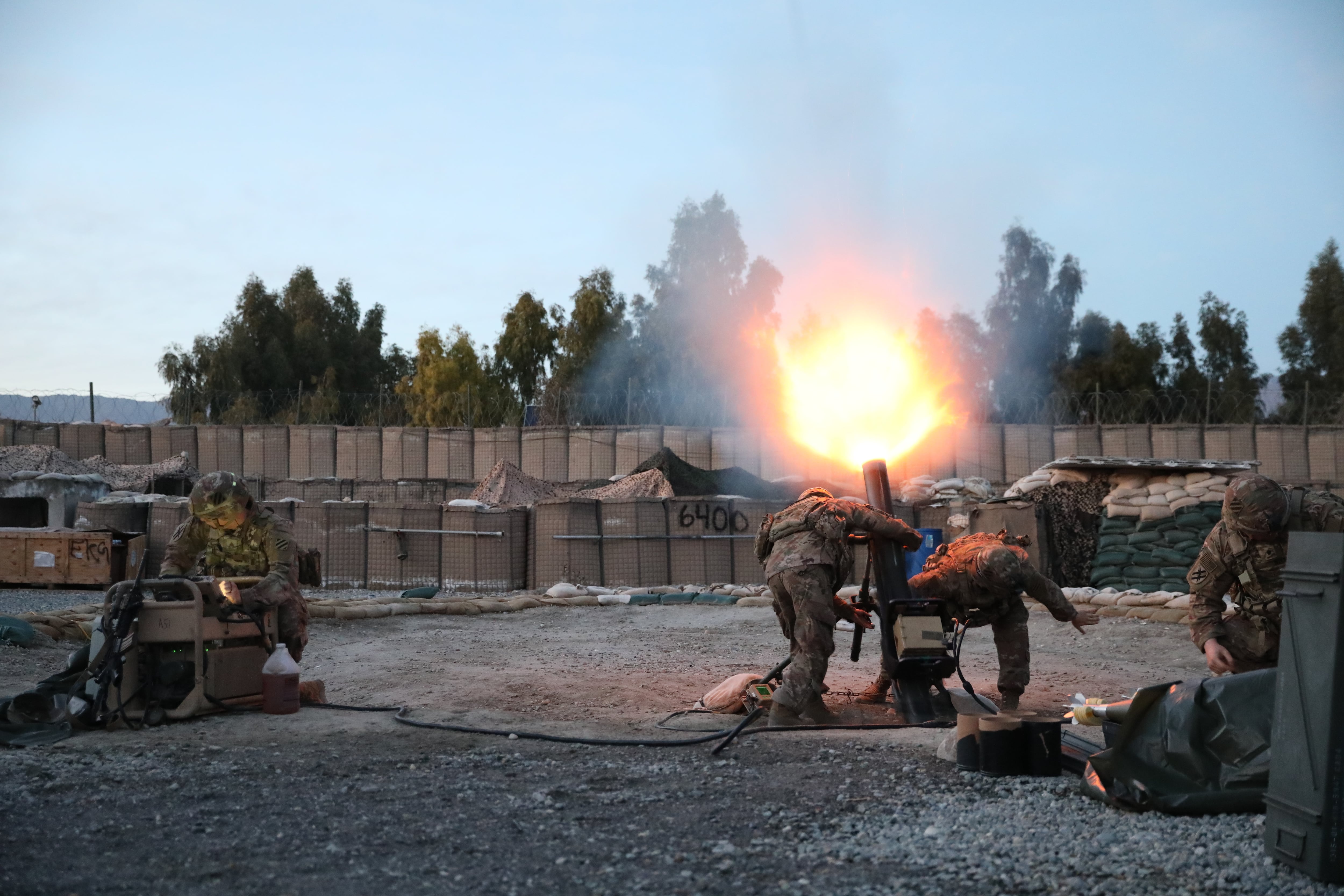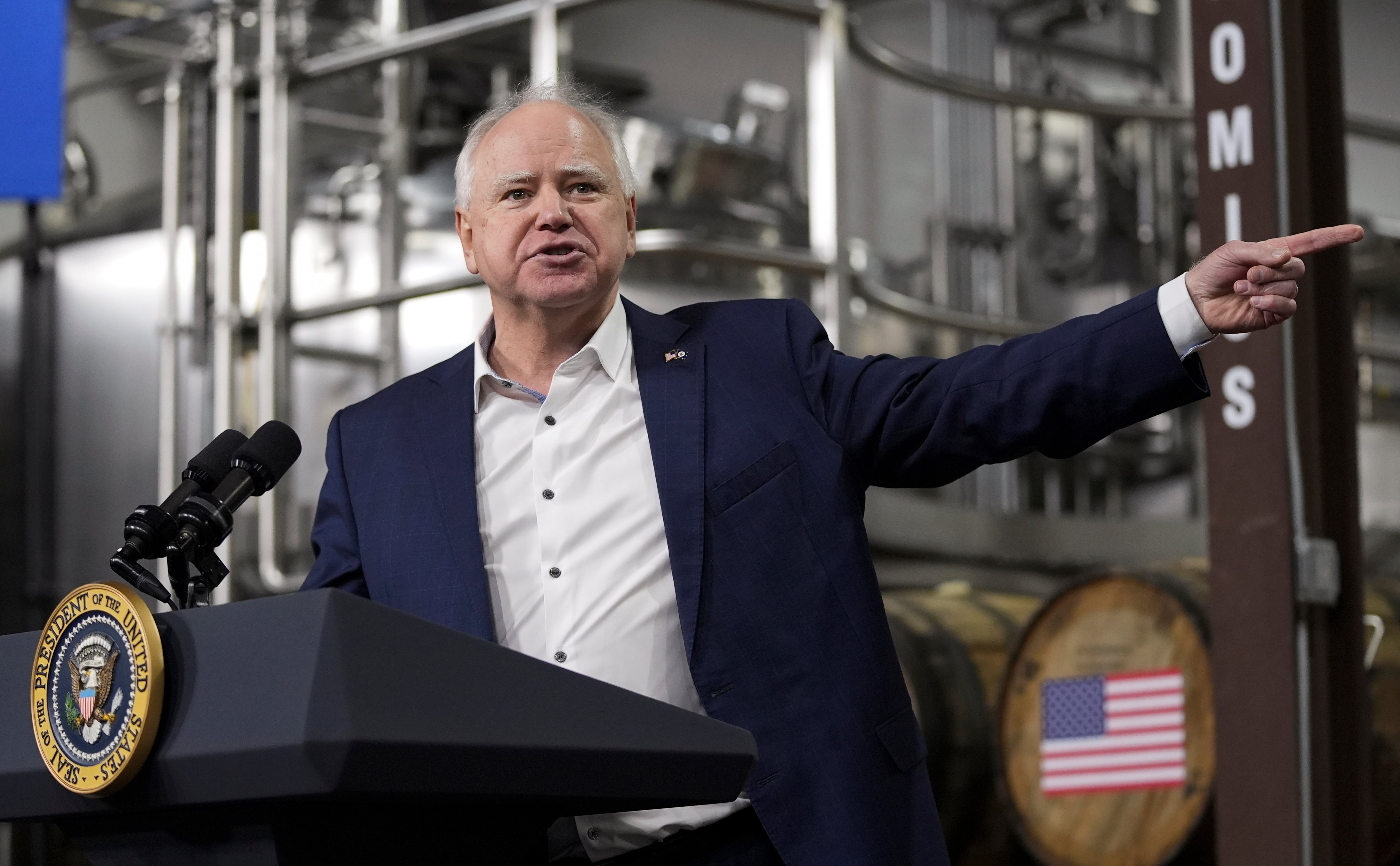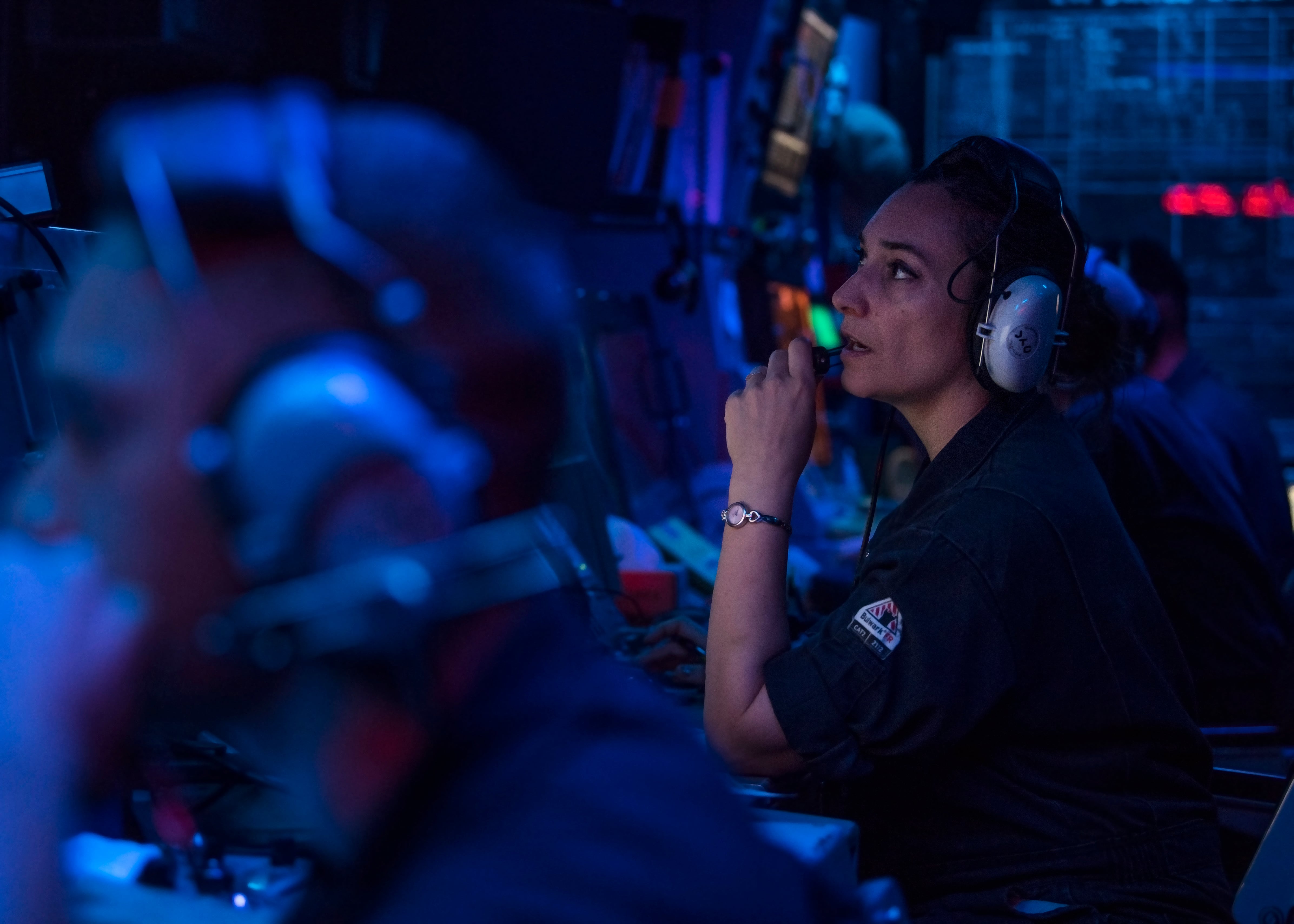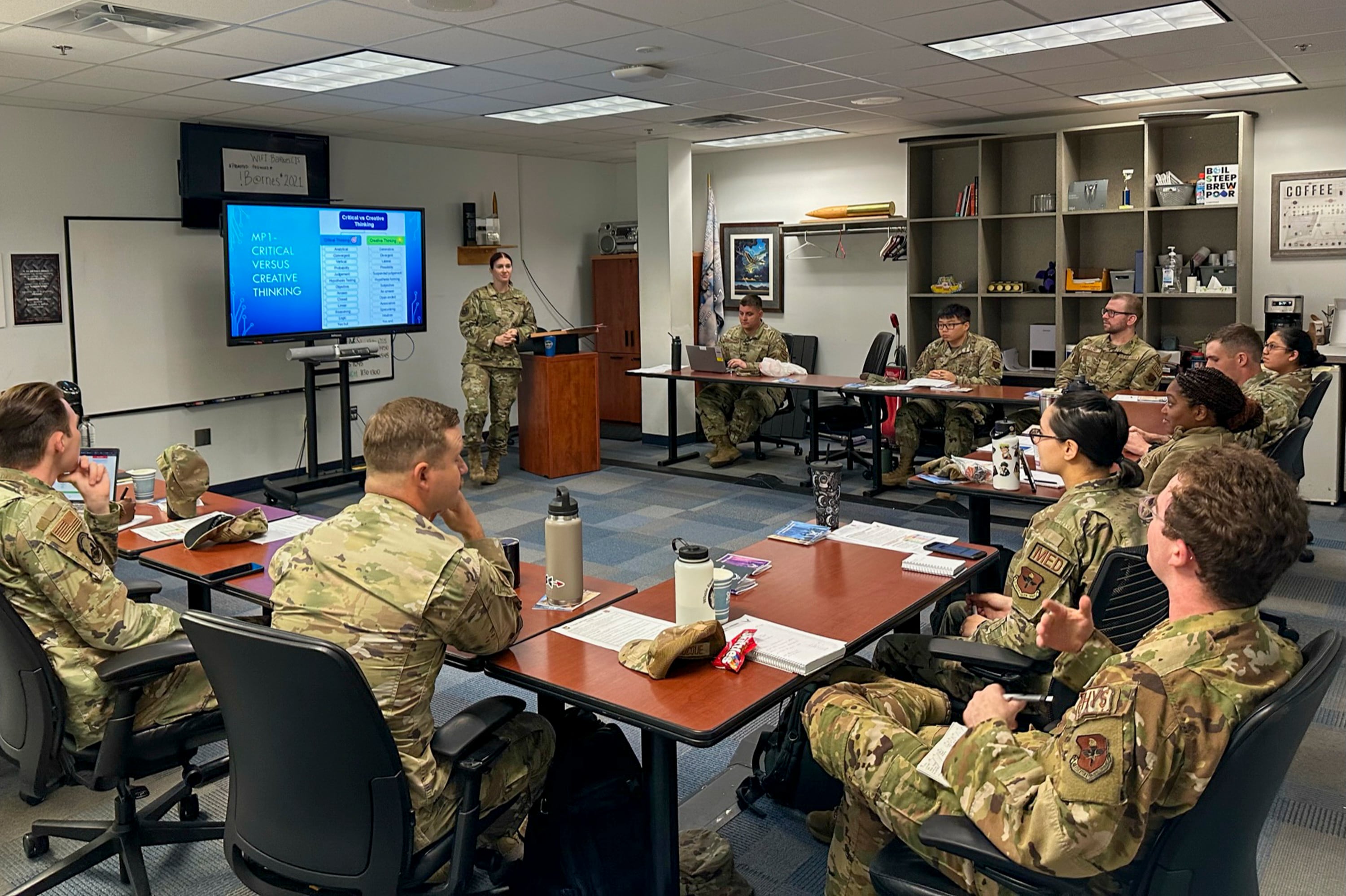The military’s space launch bases are halfway through what promises to be a busy year for orbital operations, as the coronavirus pandemic eases in the U.S. and the commercial space industry continues to rise.
Officials at Patrick Space Force Base, Florida, and Vandenberg Space Force Base, California, are preparing for nearly 70 launches in 2021 if all goes to plan. In adjusting to a more constant launch pace, leaders are beginning to see the installations as a different kind of transportation hub: airports.
“I’m actually trying to change the thinking and nature of the base,” said Brig. Gen. Stephen Purdy, commander of Space Launch Delta 45 — the former 45th Space Wing — at Patrick. The unit runs the nation’s historic rocket launch range at nearby Cape Canaveral Space Force Station.
Commercial business, not national-security missions, now comprise more and more of the Space Force’s workload. The Cape has about 53 launches slated for this year, Purdy said, but he doesn’t like pegging expectations to a particular number.
RELATED
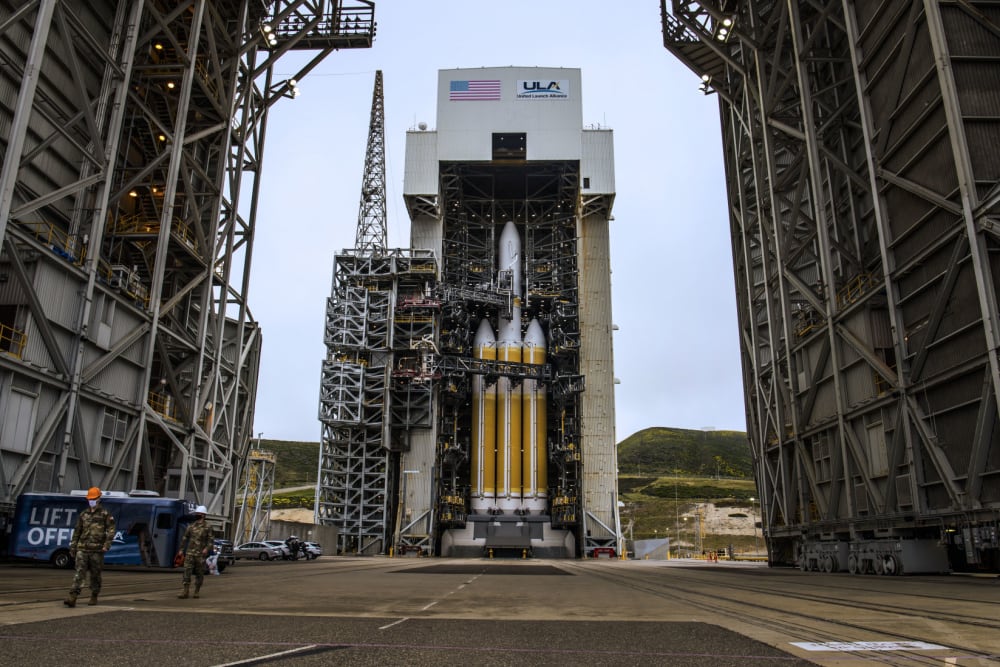
The Eastern Range received 317 requests to launch from the base in the past 365 days, Purdy said May 12, though nearly all were withdrawn or rescheduled. Cape Canaveral prepared for launch 235 times in the past year, and began counting down 60 times before scrubbing 20 of those, he added.
Patrick and Cape Canaveral aimed to support 49 military and commercial launches in 2020, but fell short of that at 31 launches.
Purdy argues launch requests and approvals are a better metric for gauging launch demand than estimating how many will go up as planned. He’s particularly eager to ditch the unit’s “Drive to 48” slogan, which he says is an outdated view of the launch schedule.
“As we bring more and more commercial providers on board, we’re going to have more and more launches and get to that ultimate … goal of two a day,” he said. “It’s all about converting our thinking and processes into that airport or services model in order to get there.”
RELATED

Col. Anthony Mastalir, commander of Space Launch Delta 30 — the former 30th Space Wing — at Vandenberg believes Cape Canaveral will resemble an airport first because it hosts dozens more launches. Demand is growing for the Eastern Range’s access to geosynchronous orbit, but companies may instead look to the West Coast, where it’s easier to get to polar orbit.
“When you talk about an airport, if you miss your spot, there’s a penalty — you have to pay for that in terms of getting back into the queue,” Mastalir said May 12. “When it becomes very congested … some providers will decide, ‘Well, we can get there from the Western Range as well,’ so we’ll start to move traffic this way.”
Vandenberg could also pick up more business from customers looking to go to Mars and beyond, which can happen at either range, he added.
The base projects 14 launches in 2021, including a growing number of events with SpaceX’s Starlink internet satellites.
“We were able to support every launch request we got in 2020,” Mastalir said. “The range was green, up and available for launch or test anytime that we were called upon to do so. That was a remarkable feat given everything that we’ve gone through.”
That’s partially because more than half of the launches scheduled for 2020 dropped off the docket. Mastalir said in February 2020 that Vandenberg planned to host 14 launches last year; only five of those came to fruition. The coronavirus pandemic derailed some of those events, as did other unrelated issues, he said.
Rockets aren’t the only thing on the California base’s launch schedule. As newly designed land-based nuclear missiles enter operations over the next decade, Vandenberg has reorganized its range to be able to test-launch a Ground-Based Strategic Deterrent missile on the same day as a space rocket. The base has hosted intercontinental ballistic missile testing since the 1950s.
RELATED
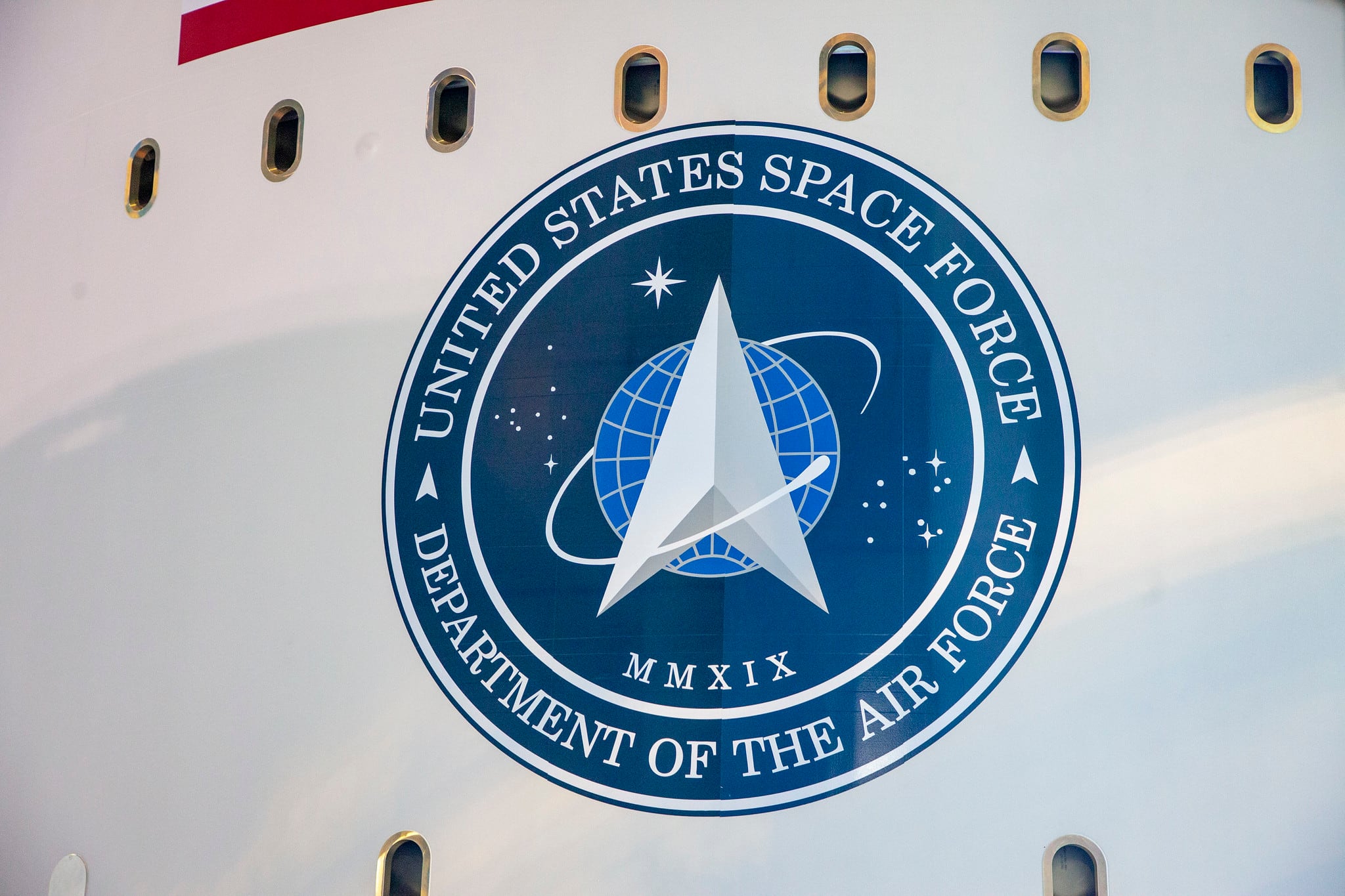
The Space Force’s “range of the future” upgrade planning is one key avenue to treating launch facilities more like an airport departure terminal.
For example, Patrick is toying with the idea of setting up a range for weekend launches without military staffers, instead letting a company like SpaceX come in and run the process itself. The installation is also figuring out what it should require from firms that want to use the Cape’s dwindling real estate.
Space Force officials hope that bringing the launch deltas under the service’s new Space Systems Command will speed those improvements and find other ways for the launch enterprise to work together. Mastalir noted that Vandenberg may also bring on more coders to better fix and upgrade launch software.
On top of that, the base is partnering with the state government, Santa Barbara County, Deloitte and Cal Poly to create a commercial development area at Vandenberg for companies that want to put their goods in space. The commercial zone could offer administrative or control facilities to help young companies reach orbit, as well as research and rocket-construction resources.
The first phase of that master plan is due out Thursday, Mastalir said. It will be executed after he leaves Vandenberg this month for a new role with the Space Force at Al Udeid Air Base, Qatar. Col. Rob Long, currently deputy commander of Space Delta 5, will replace him June 11.
RELATED
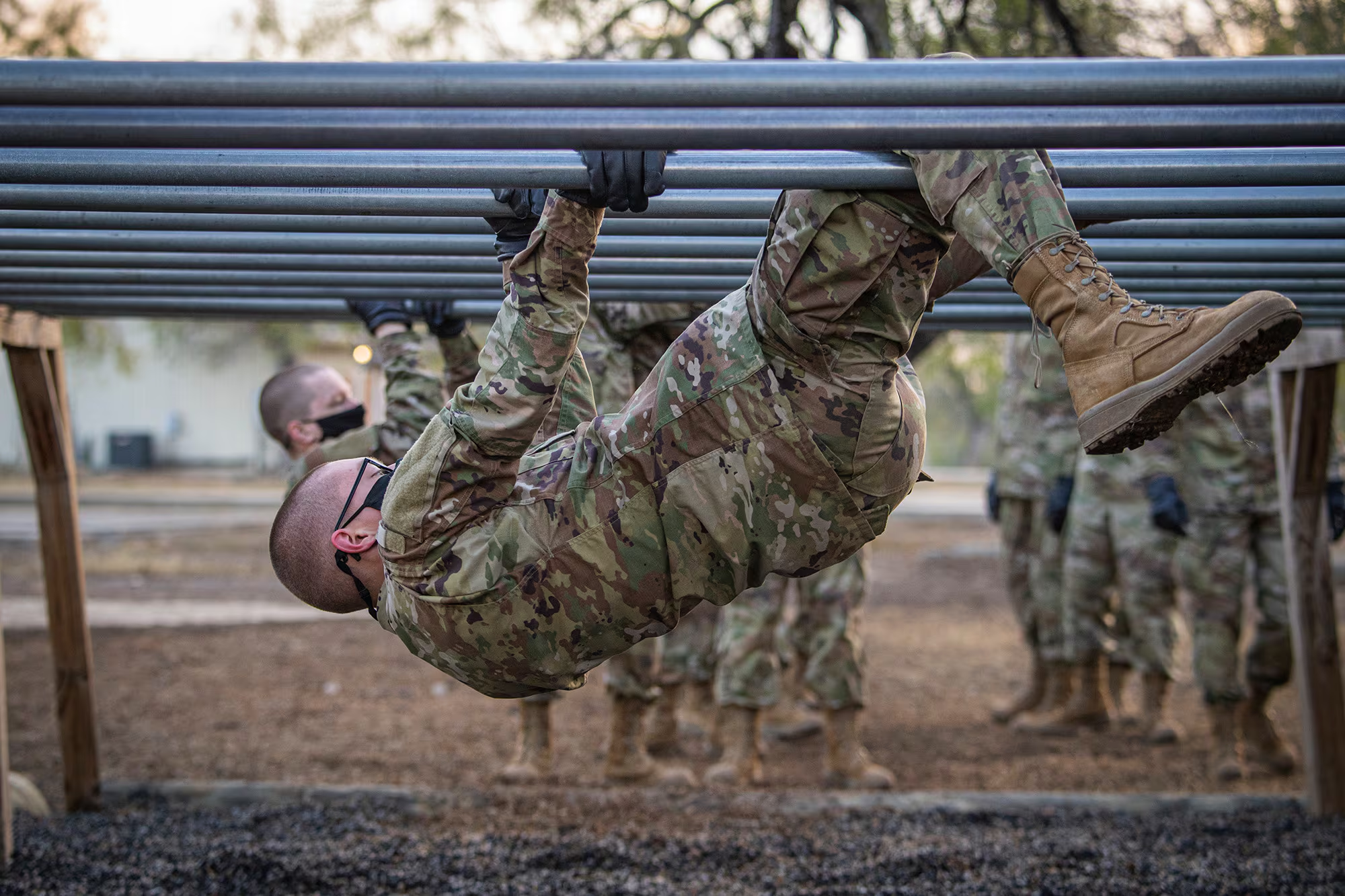
Much of Vandenberg’s workforce can’t do their jobs from home — it’s difficult to launch a Falcon 9 rocket in your backyard — so their roles haven’t changed much during the COVID-19 era. But Mastalir said the military’s growing comfort with telework is making the organization rethink which tasks could be done from afar.
Over the past year, the sister deltas have come to rely more on shared chat rooms, Purdy noted. It’s one example of how the organizations continue to evolve together.
“We can all see and participate in and follow each other’s launch activities, so I see more close cooperation in the digital realm,” he said, adding that the deltas could collaborate on missions like support to U.S. Transportation Command for moving cargo.
C4ISRNET reported Wednesday that the Air Force Research Laboratory, which handles both Air Force and Space Force projects, wants to ramp up a program aimed at using commercial rockets to deliver cargo across the globe in less than an hour.
“Rocket Cargo will demonstrate new trajectories and ways to fly large rockets, the ability to land rockets at austere locations, and design and test an ejectable pod for air drop,” the Air Force said.
Rachel Cohen is the editor of Air Force Times. She joined the publication as its senior reporter in March 2021. Her work has appeared in the Washington Post, the Frederick News-Post (Md.), Air and Space Forces Magazine, Inside Defense, Inside Health Policy and elsewhere.

